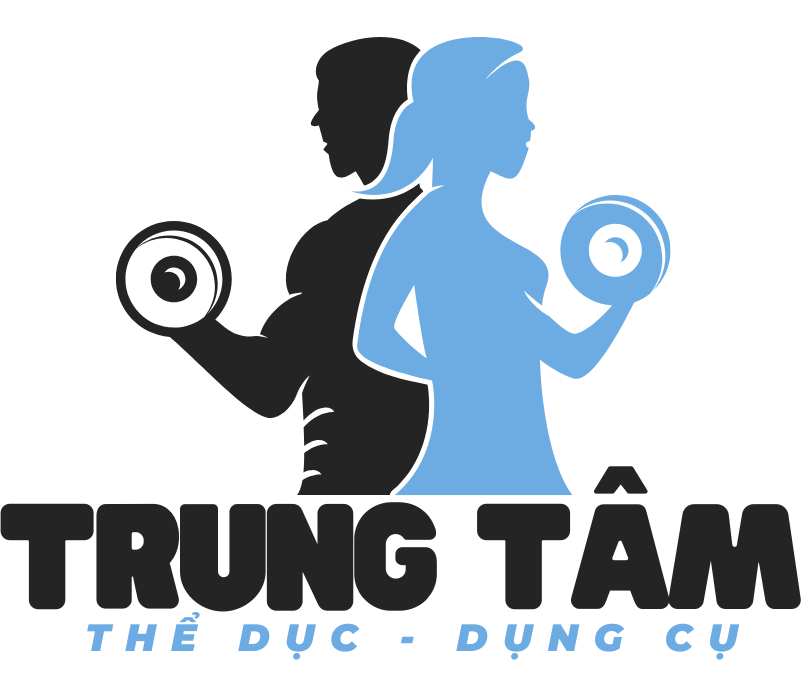Two-wheeled American identity represents a complex tapestry of rebellion and community, rooted in post-war societal shifts. Transitioning from military service to civilian roadways, steel horses transformed into mechanical expressions of autonomy, bearing both countercultural ideals alongside corporate commodification[5][10][17].
## Origins and Early Development https://usabikers.net/
### Post-War Origins
The modern biker identity crystallized during the reintegration challenges faced by demobilized soldiers. Military personnel familiar with structured military hierarchies pursued alternative communities, giving rise to early rider groups such as veteran-led motorcycle brotherhoods[5][13][17]. Harley-Davidson and Indian motorcycles, that saw military service, shifted from tactical vehicles to identity markers, fostering brand loyalty that persists today[5][11].
The notorious “American Motorcycle Association riot” thrust biker gangs onto front pages, when 4,000 riders descended upon a rural municipality, culminating with property damage and arrests. This episode solidified the antisocial motorcyclist image in popular imagination, notwithstanding the majority constituting organized racing enthusiasts[10][13][17].
## Major Motorcycle Organizations
### Rebels and Regulators
The American Motorcyclist Association (AMA) originally functioned as the regulatory authority over structured riding activities. However, its early exclusionary policies—prohibiting non-white participants for decades—ignited the creation of alternative groups which opposed mainstream motorcycling norms[11][13].
Four dominant outlaw clubs emerged as central figures in this counterculture:
1. Founded 1948 in California[2][3][10]
2. Outlaws MC[3][10][13]
3. Pagans MC[8][10]
4. 1966 Houston foundation[3][10]
Such organizations operate through strict hierarchical structures including clearly defined officer positions, with clubhouses often serving as symbolic territorial markers[10][13]. Although public perceptions of criminality, many chapters engage in philanthropic efforts such as fundraising for social causes[8][10][15].
## Cultural Impact and Evolution
### From Silver Screen to Fashion Runways
The biker archetype permeates US media landscapes, ranging from Marlon Brando’s iconic 1953 performance through contemporary streaming series. This cultural permeation appears through:
– Fashion trends: Leather jackets, bandanas, and riding boots marketed through brands like Biker Life USA and Bikers Lifestyle[4][12]
– Soundtrack associations: Cross-genre musical connections adopting motorcycle-inspired visuals
– Literary works: Hunter S. Thompson’s *Hell’s Angels*[1][6]
Contemporary cultural studies emphasize the inherent contradiction of modern biker culture: simultaneously eschewing societal norms yet remaining heavily commercialized through brand partnerships like Harley-Davidson’s apparel lines[1][7][12].
## Modern Dynamics and Complex Issues
### Riding Through 2025
Annual rider gatherings remains a cornerstone of American biker culture, with this year’s premier events including:
– The 84th annual coastal gathering[7][15]
– Sturgis Motorcycle Rally (South Dakota)[7][15]
– Arizona Bike Week (Scottsdale)[7]
Developing phenomena reconfigure rider demographics:
– Increasing female participation through groups like Women in the Wind
– Technological integration with online coordination platforms[7][15]
– Environmental consciousness promoting electric motorcycle adoption[15][17]
Regulatory controversies persist, particularly regarding:
– Outlaw club violence and law enforcement strategies[10][13][17]
– Ethical corporate partnerships despite gambling industry ties[8][17]
– Commercial exploitation issues about biker imagery in mainstream fashion[4][12]
## Synthesis and Projections
American biker culture occupies a pivotal juncture, balancing its rebellious origins against modern corporate influences. While contemporary riders embrace electric motorcycles and digital communities, the fundamental spirit regarding liberty and camaraderie endures—now expressed through diverse demographics and evolving social norms. Future developments may involve greater legal oversight and ongoing societal impact, guaranteeing the perpetual role of two-wheeled culture within US national identity[5][10][17].
